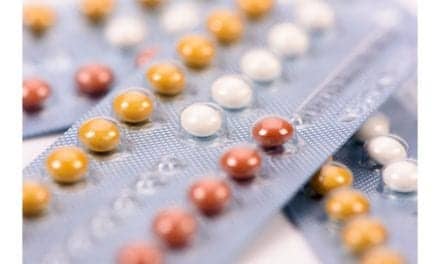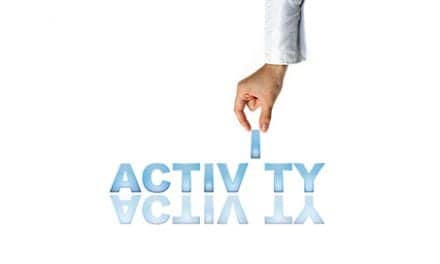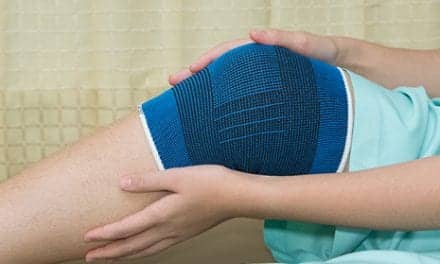Among children, preventing the risk of developing heart problems and metabolic issues later in life could be the matter of just 10 minutes per day of high-intensity physical activity.
According to researchers at Wake Forest Baptist Medical Center, replacing light-intensity physical activity with brief periods of vigorous exercise may provide significant cardiometabolic benefits in young people with relatively large waist measurements and elevated levels of insulin in their blood.
The research team analyzed data from 11,588 young people ages 4 to 18 who were included in 11 International Children’s Accelerometry Database studies in the United States, Brazil and European countries. The researchers focused on those records that included the child’s age, gender, level of physical activity and at least one biomarker—a measurable indicator of a medical state or condition—of a cardiometabolic risk. These indicators included weight circumference; systolic and diastolic blood pressure; and bloodstream levels of HDL (“good”) cholesterol, LDL (“bad”) cholesterol, triglycerides, glucose and insulin, per a media release from Wake Forest Baptist Medical Center.
In evaluating the relationships between the biomarkers and vigorous physical activity while controlling for various factors (including age, gender, duration and level of exercise and sedentary time) the researchers found only 32 significant associations out of a possible 360. All 32 were related to reduced waist circumference and insulin levels. The relationships between high-intensity exercise and the other biomarkers were inconsistent, the release continues.
“The results suggest that substituting modest amounts of vigorous physical activity for longer-duration light exercise may have cardiometabolic benefits above and beyond those conveyed by moderate activity and the avoidance of sedentary behavior,” says the study’s lead author, Justin B. Moore, PhD, in the release.
“But as vigorous activity was independently associated with only two of the markers examined, it may be that its truly meaningful benefits may be limited, relative to less-intense exercise,” adds Moore, associate professor of family and community medicine at Wake Forest School of Medicine, part of Wake Forest Baptist.
Further studies are needed to better establish the relationships between various levels of exercise and cardiometabolic biomarkers in young people, Moore suggests.
“If such studies provide robust results,” he states, “a relatively brief but intense dose of physical activity—perhaps as little as 10 minutes day, which is certainly feasible for most youth—could turn out to be part of a ‘prescription’ for children to achieve or maintain cardiac and metabolic health,” he concludes in the release.
The study was published recently in Medicine & Science in Sports and Exercise.
[Source(s): Wake Forest Baptist Medical Center, Science Daily]





